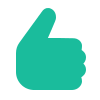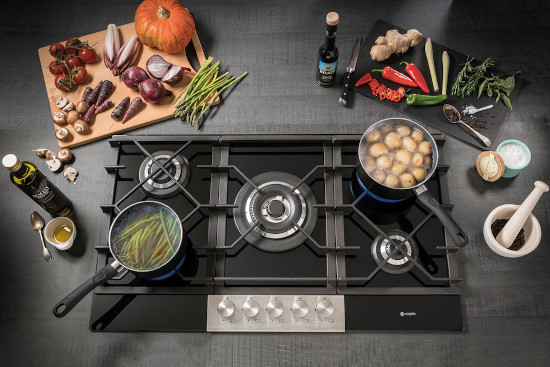The prices of hobs can fluctuate significantly and the variables that come into play in determining this behavior are many.
Shape, color, quality of the materials used,
consumption and dimensions are just some of these. But what most influences the final result is undoubtedly the typology. Let's take, as an example, a standard gas hob model equipped with 4 burners. A gas hob of this kind, such as the
KENZ 4 Burner Cooker Hob, can cost even less than 20,000 LKR, to reach well over 100,000 LKR if we move to the professional sector. The figures of the electric counterpart, on the other hand, are a little higher. For an electric resistance hob with 4 plates, such as the
ELBA Hob 4 Electric Plate, the cost exceeds 30,000 LKR while, if we consider a model with halogen lamps, it can even reach 1,50,000 LKR. Even more is the amount to shell out for an entry-level induction hob. For the
ELBA Induction Hob 60cm, for example, we are talking about at least 150,000 LKR. As for gas-powered models, even for electric ones, the cost can exceed 200,000 LKR if we choose a very high quality product, designed for professional use. Beyond the exemplary cases described here, we have collected the best models in three distinct price ranges: economic (within 20,000 LKR), medium (from 21,000 to 100,000 LKR) and high (over 1,000,00 LKR).
Economic range (within 20,000 LKR)
The products we have chosen for our selection represent the hobs market at 360 degrees. The economic models show themselves to be successful in terms of
value for money and, naturally, they do not excel in terms of
richness of functions. Furthermore, to see the first induction hob models appear, we will have to wait for the mid-range. In any case, we have selected the best that can offer a maximum spending budget of 20,000 LKR. Let's start with two very simple products, both with only two burners and characterized by extremely compact sizes.
2 Burner Euro Hob is a gas hob made with good construction materials and refined design.
Candy 60 Cm Gas & Electric Hob, on the other hand, is an extremely elegant electric/gas stainless steel hob. Moving on to the terrain of 4-burner hobs, we re-propose the dualism between gas and electric models.
The KENZ 4 Burner belongs to the first category, a product that focuses decisively on ease of use. Equipped with four standard knobs, it is designed as a built-in hob. The same goes for the
Ferre Gas Electric Hob, an electric piano with raised plates that heat up very quickly.
Mid-range (from 21,000 to 100,000 LKR)
With a maximum spending budget of 100,000 LKR, we take home cooking hobs that are
more refined in design and equipped with advanced functions. In addition, entering the mid-range opens the doors to the universe of
induction models, which are difficult to buy for less than 21,000LKR. We want to start from here, presenting the
PHILIPS Induction Cooker, a very complete induction hob, equipped with one comfortable burner. Manageable through
touch controls, it boasts nine temperature adjustment levels and the boost function for ultra-fast heating.
ELBA Induction Hob, on the other hand, is an efficient and elegant electric hob, equipped with a glass ceramic surface that covers the three radiant areas. Designed for built-in, it provides a maximum energy absorption of 4000 Watts. Turning to more traditional solutions, we have chosen two versatile and stylish gas models.
PowerBox Glass Top 4 Burner is a 60 cm wide 4-burner hob. It is characterized by a
refined enameled surface. Similar in structure is the
ABANS Signature 4, model equipped with separate grids for each fire. Beautiful and well finished, it is also very easy to clean.
High-end (over 100,000LKR)
The high-end market offers built-in solutions of great value, capable of combining power, efficiency and style.
Elba Elio Gasmatik, for example, is a gas hob that integrates five burners into a 90 cm body, two of which are placed close together, which can be used both
individually and in pairs. The matt finish of the grids is superb, which reflects the color of the surface. Remaining in the field of gas hobs,
ELBA Hob Vitroceramic is a candidate to win the ranking of the most elegant models. In this case, although there is one less fire than the previous model, the glass top with built-in burners is a
real pleasure for the eyes. And the same goes for the small separate grids, which are very easy to clean. Among the high-end built-in hobs, we have also chosen a induction model.
ELBA Induction Hob, while being quite traditional in aesthetics, shines for performance. Incredibly fast in heating tools, it is equipped with all the most advanced functions in circulation, including the ECO-logic mode that optimizes consumption to the maximum.














